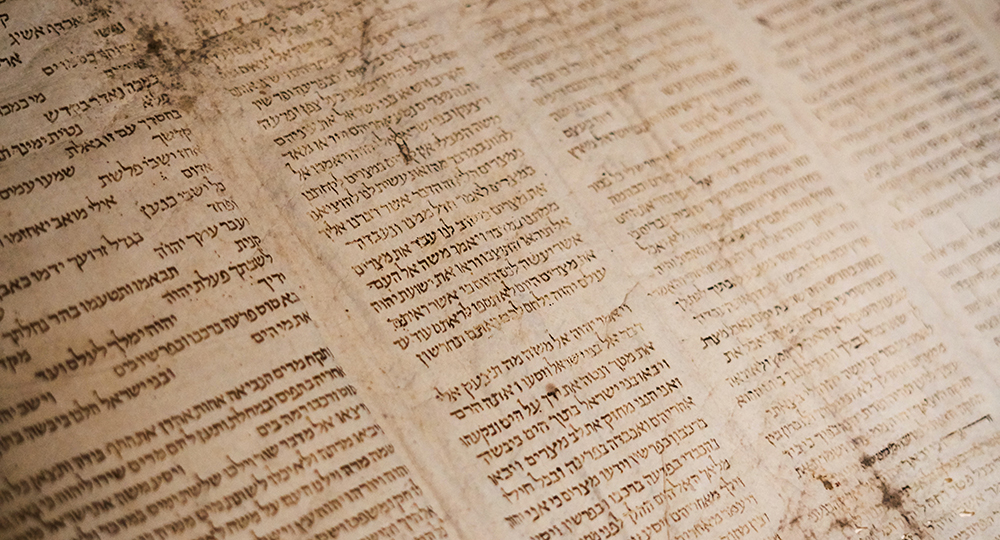The Fascinating Hebrew Calendar
It’s easy to become confused with the dates for Jewish holidays because they are not based on the solar calendar we use. They are tied to the Hebrew calendar, which is lunar—and a marvel of Scripture, ancient astronomy, and creative mathematical reckonings.
That is why the first night of Hanukkah in 2016, for example, fell on Christmas Eve. But in 2017 Hanukkah began on December 12. This year Hanukkah will begin at sunset on November 28.
On the Hebrew calendar, however, Hanukkah comes at the same time every year: on the 25th of Kislev. The Jewish holidays are fixed on the Hebrew months:
Nisan: March–April
Iyar: April–May
Sivan: May–June
Tammuz: June–July
Av: July–August
Elul: August–September
Tishrei: September–October
Cheshvan: October–November
Kislev: November–December
Tevet: December–January
Shevat: January–February
Adar: February–March
In a leap year, a second month of Adar is added.
It is believed the Hebrew calendar originated before the Israelites fled Egypt, during the first Passover: “This month [Nisan] shall be your beginning of months; it shall be the first month of the year to you” (Ex. 12:2). Nisan begins the religious new year, which occurs in the spring.
The Jewish civil new year begins on the first day of the seventh month, Tishrei. Rosh Hashanah means “Head of the Year.” Although the holiday of Rosh Hashanah is not biblical, it does replace the biblical Feast of Trumpets (Lev. 23:24–25).
Another nuance of the Hebrew calendar involves how Jewish people determine when a day begins. Scripture states, “God called the light Day, and the darkness He called Night. So the evening and the morning were the first day” (Gen. 1:5). Because this verse specifically puts evening before morning, Jewish people determined that a new day begins in the evening. Thus, all Jewish holidays begin at sundown.
Since the original Passover in Egypt, the Hebrew calendar has followed the lunar cycle, in contrast with the Gregorian calendar established in 1582 by Pope Gregory XIII. It is mainly a civil calendar, based solely on a solar-year system.
A new month on the Hebrew calendar begins with the appearance of the new moon. The Hebrew word for “month” is hodesh, which literally means “new moon.” In ancient times, moon-watchers confirmed when the new moons occurred to assure the precise times to offer sacrifices and the correct days to observe the festivals.
When the new moon was spotted, signal fires were lit on mountaintops; and trumpets announced the new moon’s arrival throughout the country. After the Romans destroyed Jerusalem and the Temple in AD 70, it was impossible to convey the new-moon sequence to every Jewish community throughout the Diaspora (dispersion). Adding to the difficulty, Roman Emperor Constantius II (AD 317–361) in AD 339 passed a series of decrees outlawing Jewish practices, including Jewish studies to determine the dates for the Hebrew calendar.
During the same oppressive period, the rabbinic patriarch Hillel II (AD 330–365) established a fixed calendar based in part on previous, ancient mathematical and astronomical calculations. He smartly realigned the lunar calendar with the solar years to produce the present standard for the Hebrew calendar. His ingenious system made it possible for Jewish people to celebrate their holidays and even read the designated portion of Torah at the same time around the world.
Because lunar cycles are shorter than solar ones, a 13th lunar leap month is added seven times every 19 years, so the new moons align with the Gregorian calendar. This adjustment was needed to maintain the feasts in their correct seasons. The Gregorian calendar also makes adjustments: Every four years a leap day is added in February to keep the days and months in step with the Earth’s rotation around the sun.









Love the Truth and HAPPY HANUKAH AND THANK YOU FOR KEEPING IT RIGHT DO WE CELEBRATE TWICE? BECAUSE THIS IS A LEAP YEAR? 😆 LOL
Who decided when Year 1 would be in the Hebrew Calendar, 5783 years ago?
Why is Israel pushing for the covid vaccine so much. Is that according to faith in The Messiah?
Thank you!!